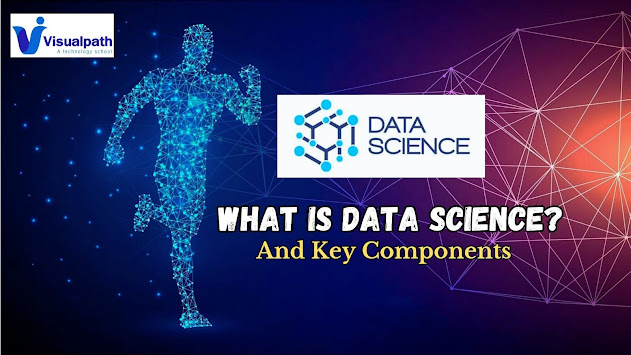What is data science? And Key Components
Data science is a multidisciplinary field that uses scientific methods, processes, algorithms, and systems to extract insights and knowledge from structured and unstructured data. It combines expertise from various domains, including statistics, mathematics, computer science, and domain-specific knowledge, to analyze and interpret complex data sets. - Microsoft Fabric Training
Key components of data science include:
1. Data Collection:
· Gathering relevant data from diverse sources, including databases, spreadsheets, APIs, sensors, and more. The quality and quantity of data significantly impact the outcomes of data science projects.
2. Data Cleaning and Preprocessing:
· Cleaning and transforming raw data to ensure its accuracy, completeness, and consistency. This may involve handling missing values, dealing with outliers, and converting data into a suitable format for analysis. - Microsoft Azure Fabric Training
3. Exploratory Data Analysis (EDA):
· Exploring and visualizing data to understand its characteristics, identify patterns, and generate hypotheses. EDA helps data scientists gain insights into the underlying structure of the data.
4. Statistical Analysis:
· Applying statistical methods to validate hypotheses, make predictions, and quantify uncertainty. Statistical techniques help in drawing meaningful conclusions from data and assessing the reliability of results.
5. Machine Learning:
· Using machine learning algorithms to build models that can make predictions, classify data, or uncover patterns. Machine learning is a subset of artificial intelligence that focuses on developing systems that can learn from data. -Microsoft Fabric Course in Hyderabad
6. Feature Engineering:
· To increase the performance of machine learning models, relevant features (variables) are selected and transformed from the data. Feature engineering entails developing new features or altering existing ones to improve model accuracy.
7. Model Evaluation and Validation:
· Assessing the performance of machine learning models using metrics and validation techniques. This step helps ensure that models generalize well to new, unseen data.
8. Data Visualization and Communication:
· Creating visualizations to communicate findings and insights effectively. Data visualization is crucial for conveying complex information clearly and understandably. -Microsoft Fabric Online Training Course
9. Interdisciplinary Collaboration:
· Collaborating with experts from different fields to contextualize findings and derive actionable insights. Domain knowledge is often critical for interpreting results in the context of a specific problem or industry.
10. Ethics and Privacy:
· Considering ethical implications and privacy concerns related to data usage. Data scientists must adhere to ethical guidelines and ensure responsible data handling practices.
Data science is applied across various industries and domains, including finance, healthcare, marketing, cybersecurity, and more. It plays a crucial role in helping organizations make data-driven decisions, optimize processes, and uncover hidden patterns for strategic planning. -Microsoft Fabric Online Training Institute
The data science lifecycle is iterative, with continuous refinement and improvement of models based on feedback and changing data. As technology and methodologies evolve, data science continues to be a dynamic and rapidly advancing field.
Visualpath is the Best Software Online Training Institute in Hyderabad. Avail complete Microsoft Fabric Training worldwide. You will get the best course at an affordable cost.
Attend Free Demo
Call - +91-9989971070.
WhatsApp: https://www.whatsapp.com/catalog/919989971070
Visit https://www.visualpath.in/microsoft-fabric-online-training-hyderabad.html



Comments
Post a Comment